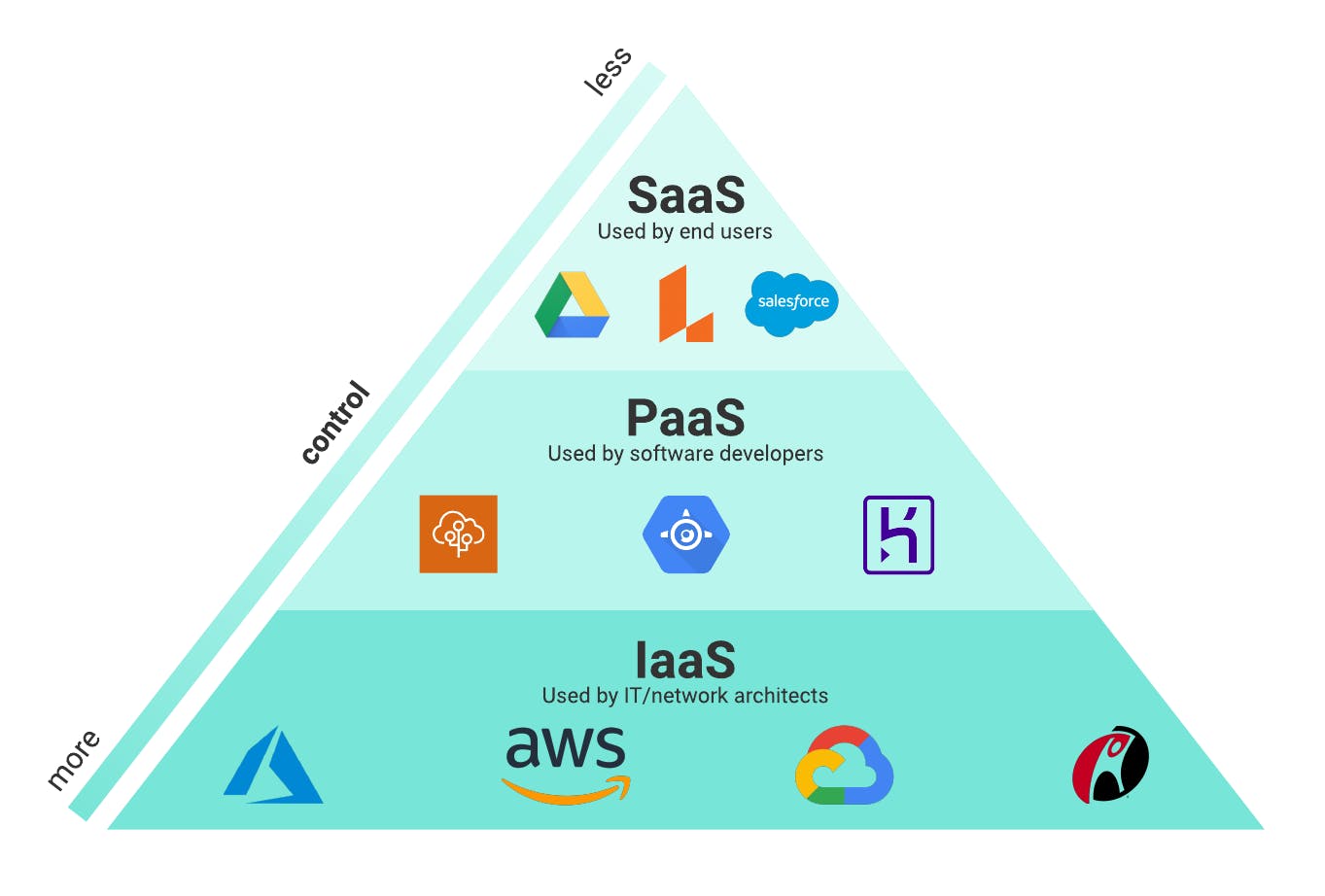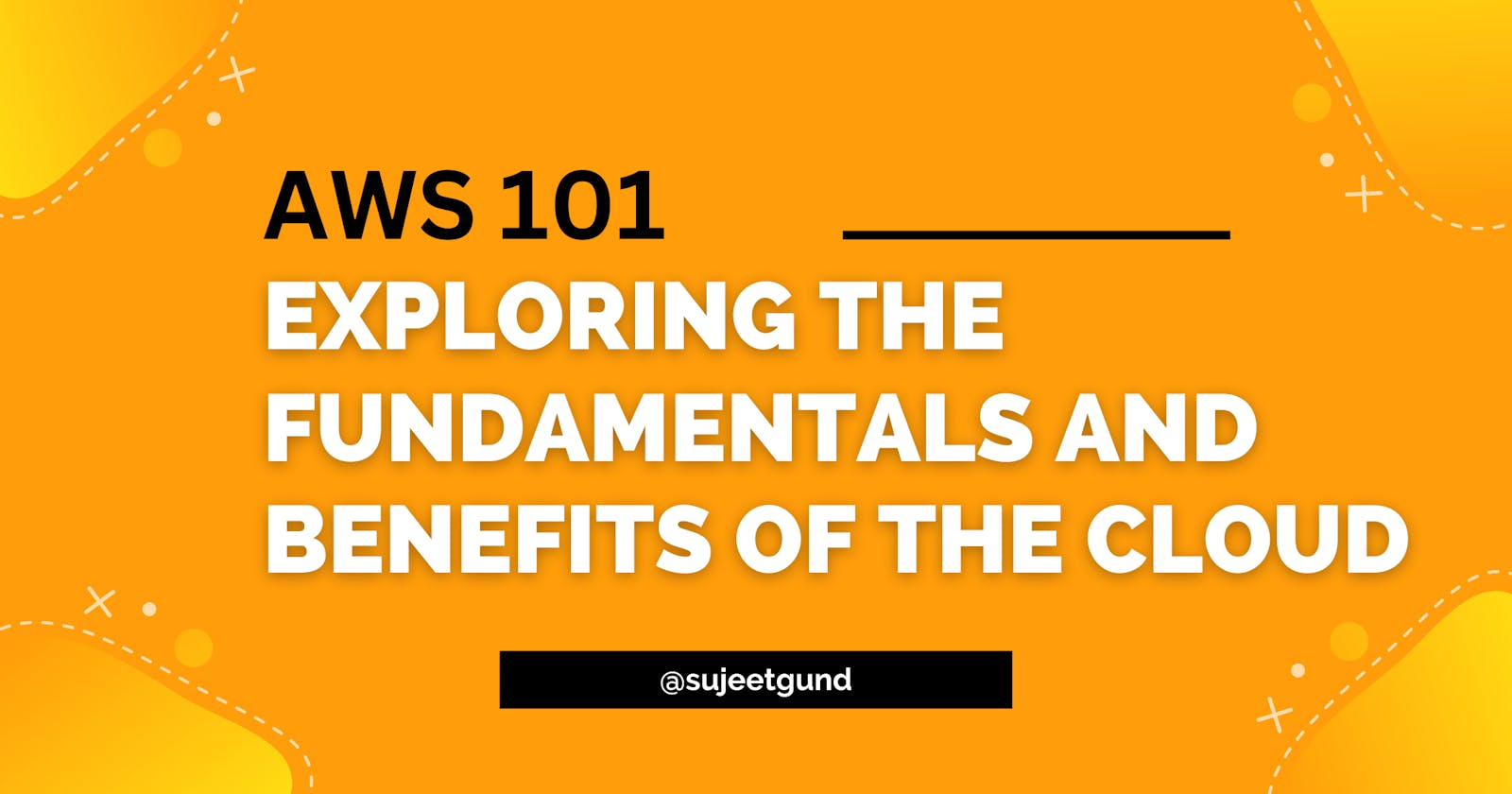Introduction to the Cloud
Cloud skills have become increasingly important in the IT industry due to the rapid adoption of cloud computing by organizations worldwide. Irrespective of your job role, having some cloud skills and certificates on your resume can make you stand out.
We will discuss the basic concepts of cloud computing and its key features with respect to the AWS service provider.
What is Cloud Computing?
Cloud computing is the on-demand delivery of computing power, database storage and other IT resources.
It can help you with cost-cutting, scalability and broad network access. This article will discuss the six advantages of cloud computing and compare it with traditional on-premises data centres.
The 5 Characteristics of Cloud Computing
On-demand self-service
Users can provision resources and use them without human interaction from the cloud provider.
Broad network access
The provisioned resources available over the internet can be accessed by multiple client platforms.
Multi-tenancy and resource pooling
Multiple customers can share the same infrastructure and applications with security and privacy. It is also possible that multiple clients are serviced from the same physical infrastructure.
Rapid elasticity and scalability
This feature gives an edge to cloud computing over on-premises data centres.
Cloud computing allows us to automatically and quickly acquire and dispose of resources when needed.
Measured service
Usage is measured, so users pay exactly what they have used.
Deployment Models of Cloud
There are three main deployment models of the cloud:
Private Cloud
Cloud services are used by a single organisation and are not exposed to the public.
You will have complete control over your assets and the infrastructure.
Security for sensitive applications.
It usually meets specific business needs.
eg. Rackspace
Public Cloud
Cloud services are owned and operated by third-party service providers, and delivered over the Internet.
There are primarily six advantages of the public cloud model which we will discuss later.
eg. AWS, GCP and Azure
Hybrid Cloud
Keep some servers on-premises and extend capabilities to the cloud
You can have control over sensitive assets in your private infrastructure.
You can avail flexibility and cost-effectiveness of the public cloud.
The Six Advantages of Cloud Computing
We will discuss the actual advantages of cloud computing with respect to AWS.
Trade capital expense over the operational expense
Don't own the hardware, just pay on-demand.
Reduce the total cost of ownership and operational expense from your pocket.
Benefits from massive economies of scale
- Prices are reduced as AWS is more efficient due to its large scale.
Stop guessing the capacity
- You can scale out and scale in easily based on demand and measured usage.
Increase speed and agility
Stop spending money running and maintaining data centres.
Go global in minutes
Cloud Computing Models
Infrastructure as a Service (IaaS)
Provides building blocks of cloud IT
provides networking, computers, data storage space
Highest level of flexibility
Easy parallel with the traditional on-premises IT
Platform as a Service (PaaS)
Removes the need to manage the underlying infrastructure
You can focus on the deployment and management of your application
Software as a Service (SaaS)
- We get the completed product run and managed by the service provider itself.
Here's a picture to understand cloud computing models briefly.

Image Credit: Lucidchart
Pricing Model of AWS
AWS has three main pricing fundamentals, following a pay-as-you-go pricing model.
Compute - pay for the computing time
Storage - pay for the data stored in the cloud
Data transfer - pay for data transfer OUT of the cloud, since data transfer IN is free.
I hope you find this article useful and am going to write more articles related to AWS and its commonly used services so make sure you are subscribed to the newsletter!

